A Guide to Russian Yacht Charter Guests
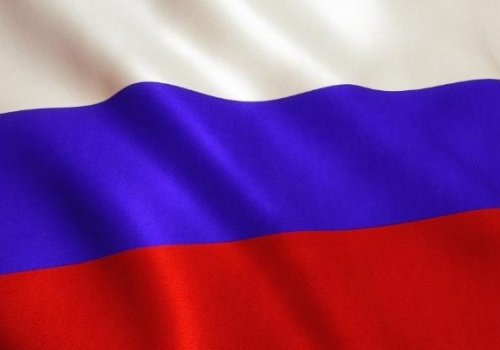
Добро пожаловать на борт - Welcome aboard!
We have so many amazing discussions in our Facebook group, Yacht Stewardess and Steward Tips, on any given day. A frequent discussion is how to ensure that Russian guests have the best and most memorable trip possible. Due to the nature of yachting, most yacht crew welcome Russian charter guests or employers at some point, so let’s discuss what is quite common to expect.
As with all nationalities, of course, we will always see exceptions to the rule, but having frequently worked with Russian guests and owners myself, I can say with certainty that most had many things in common. I worked on a yacht years ago where we were chartered by a high-profile Russian Parliamentarian (no, not President Putin!) for six months. Not only did we have dozens of Russian guests come and go during this period, but our yacht was also docked in Russia for most of this time, allowing me to really become familiar with the Russian culture and ways.
However, as with any other nationality, it is essential to gather as much information as possible prior to their trip through a complete and detailed preference sheet - if only we could make those compulsory, so many guests do not fill these out! However, as an experienced chief stew and purser, I learnt that the next stop would be their house/villa/palace staff, so try to gather as much inside information as you can as it will make their trip more enjoyable and memorable, and your service more individualised.
Food and drink preferences
Let’s talk Russian guests’ food, drink and eating habits…
My experience with Russian guest meals is largely family style eating – they normally prefer buffet style with lots of options as opposed to American/plated style. It’s essential to have lots of fresh fruit available for constant snacking - cherries are a big favourite in particular (don't forget a bowl for pips), as are grapes, melon, stone fruits, mango, strawberries, fresh berries, lychees, rambutans and mangosteens, and very cold watermelon. What I learnt from a Russian translator we had on board is that Russians are not that fond of oranges and apples, as in the past these were often the only fruits available in former Soviet Union, which makes them prefer the more ‘exotic’ fruits nowadays. They also enjoy fresh avocados as snacks.
Check the fruit several times a day as it must be perfect! Don't let any get soft at the bottom or rot, especially if it is located in a warmer area on board. Flat peaches are also a winner, but they need to be perfectly ripe and flavourful. Make sure you test the fruit quality, don’t just wash it and place it in the bowls. They can be quite particular with this.
Russian guests generally enjoy snacking throughout the day. Fresh fruit platters, nuts, canapés and good quality chocolates should be freely available and provided without them even having to request this. They often request cream crackers, a variety of good cheeses, pickles, cold and cured meats, sliced meats, cured hams, gherkins, dark breads and seeded loaves.
Don’t be surprised if Russian guests request room temperature beer, excellent quality caviar (like Beluga or Almas*) and Brut Champagne for breakfast, accompanied, of course, by traditional blinis**. Quite often, Russians will replace Champagne with an excellent quality vodka, like Russian Standard Platinum Vodka, Nemiroff Burning Pear Vodka from Ukraine or Saranskiy Distillers Balchug XVI. This is normally kept in the freezer and served out of cold/frosted glasses. Most Russians are vodka snobs, and rightly so, as they do produce some of the world’s best, and they tend to look down on the more famous (non-Russian) vodkas like Belvedere and Absolut. Also be careful to assume they will always like the vodka from the freezer, as some guests prefer it at room temperature. And be very careful of your fancy crystal glasses as they often get up during a meal to toast something, and after the first day you might have several chipped crystal glasses on your hands. Other spirits also often served to Russian guests would be Chivas Regal and Taketsuru and Hibiki from Japan.
Russians mostly want very speedy service - they want their drink before they have even told you they want it! Russian guests, especially the females, normally prefer a range of freshly squeezed fruit and vegetable juices - I remember we had to purchase a high-quality juicer machine once for a charter and spent most of our days squeezing a variety of fresh fruit and vegetables, which, upon insistence of the guests, had to be left out on ice in a certain area all day, but we quickly saw that it was barely touched. Upon asking the hostess if we should desist with the fresh juices, she instructed us to continue with these juices daily, so we squeezed crates of fruits and vegetables each day.
During seated table meals, they prefer very quick and efficient service and most of the time, they prefer cold foods/platters served first, followed by the hot platters/food. They also prefer food to arrive at the table immediately after the previous plates/platters/used cutlery have been removed. It is a good idea to have lots of spare plates/cutlery nearby, as they usually prefer a clean plate for new platters of food. They do not like any dirty plates standing on the table for too long, so be sure to remove any plates/bowls/cutlery as soon as they are empty.
From experience, if you think a certain amount is enough, put more food out. Timing is key as they do not like to wait. Be available and in view as they enjoy the attention, not your attention, but they are aware you are there to do nothing, but what they ask.
They can tell you they want lunch/dinner right now (that means five minutes ago!), so you have to be quick in setting the table and during service, of course. They don't like waiting, so prepare some snacks before the actual lunch/dinner starts. Service in general needs to be fast; they like to see the food and in abundance - big buffet spreads for breakfast, family style platters for lunch and dinner.
Russians also often prefer soups, especially cold soups on a hot summer’s day. Always have a lot of still and sparking water available around the yacht and in their cabins. Many prefer to drink water and beer at room temperature, so have some out of the fridge as a back-up. They often request carpaccio - of any kind, and we also often served crudites consisting of thinly sliced tomatoes, raw artichokes, cucumber and celery. Another favourite is wild mushrooms, prawn, octopus, uni (sea urchin reproductive organs), oysters and fresh fish.
It is a common fact among stews who work for/with Russians that they love their fresh fruit. Often with very cold watermelon they would request feta – a traditional summer snack all over Russia. We also served KILOGRAMS of cottage cheese each morning for breakfast – and this was eaten by adding jam (lots of it) and mixing it into the cottage cheese. Most Russians are big fans of honey in some shape or form so for turndowns something honey-related, there is a good Manuka skin care rage where you can pick something for the females on board.
Bottarga*** is often a hit – they also prefer a lot and a variety of seafood normally, and lots of meat, salads if you have females.
Being a South African and coming from ‘biltong’ culture, we discovered a very similar dried meat in Russia called Basturma****. Although not technically from Russia, we found it all over the country and it was always a hit with our guests and crew.
As far as vegetables served during meals, they do like broccoli, asparagus and warm beets. I find that they don’t prefer their meats bloody or medium rare, but more to the well-done side, but this may vary from group to group.
Having Russian guests on board will definitely mean serving a lot of teas – and a wide selection. They often request black and green teas, as well as a variety of herbal teas, such as chamomile and mint, the latter often served with lemon, mint and honey. They also normally prefer loose tea, rather than tea in bags, so be sure to have proper tea strainers and tea pots on board to prepare a beautiful cup of strained and properly brewed tea upon request.
Don’t be afraid to introduce your Russian guests to all the lovely local delicacies in the countries you are visiting – for instance, freshly baked pastries in France or Paella in Spain, as well as many of the excellent local wines where you are travelling – I find that they love their own traditional foods, but also enjoy experiencing the new cuisines and wines/spirits from the areas where you are visiting.
A great idea if you have no translator on board (many Russian charter guests will bring one if they don’t speak English well or request that one is brought on board during their charter) is to put translated cards in front of each dish – for example English and Russian. This will take some research, but many translation apps are available to use. On our yachts, most of the time, it was requested that none of the crew actually spoke Russian or were from Russia, as they had a lot of private and highly confidential meetings on board and preferred that none of the crew understood anything being discussed.
As far as order of service, many Russian groups I have served, preferred the main charterer or owner of the yacht to be served first. This should be cleared up just after they arrived so that there isn’t a faux pas later on. For us, on the trip with the dignitaries and Parliamentarians, every trip was different and the hierarchy of dignitaries determined who would be served first.
Crew & entertainment
Another important service point to note is that Russian guests normally prefer having a service stew with them constantly. This could be logistically a challenge on smaller yachts, but with some shifting around and rescheduling of the interior crew, as well as the use of interior phones and radios to communicate with the other stews, we can certainly provide this service as requested.
Another necessity with Russian guests would be Russian magazines, newspapers, books and other forms of Russian literature, such as Kindles and IPads loaded with Russian novels. A good place to find this in the Med is the airports, however many to most newsstands around France and Italy would sell a few of the more known Russian publications. Your daily/cruising itinerary could also be translated into Russian if your guests don’t speak English well.

In general, what could make them a little more challenging at times than other nationalities, would be that they change their minds often, and once they have changed their minds, they want the new plan to happen immediately. We were in Russia, and overnight, the guests informed the captain that they wanted to go to Croatia for two weeks (and maybe stop over in Athens for the Olympics) and they wanted this to happen the next day – the captain had a hard time explaining that some of the crew would need visas, we would need to fuel, provision, book marinas, etc. But, within a few short days (and an absolutely harrowing trip to Moscow for the Consulate – but that is another story for another day), we were on our way to Croatia and Greece!
Many Russian groups will certainly want to party, which could mean long hours of service – it is important to note their sleeping, awake, party habits from the start and adjust the steward/ess schedules accordingly.
One thing to mention, in my experience, Russians love their own folk music and traditional Russian music (with the exception of the younger crowd, perhaps). Compile a variety of playlists prior to the trip, selecting a variety of Russian music artists.
Russian Christmas
Traditional Russian Christmas is normally celebrated on 7 January, but some Russians might come on board for a period over the usual 25 December and even request to celebrate Christmas during this period.
For their traditional Christmas feasts, guests might request "Herring under fur coat" and "Olivier" (Russian salad containing potatoes, peas, pickles, carrots, eggs) and caviar pancakes.
Shashlik (Russian pork kebabs) is a tender, juicy, traditional favourite. Then there’s Blini (Russian chicken and mushroom crepes) and sweet or savoury blinis, plus Bulochki - Russian yeast rolls and also Russian Rice (buckwheat groats).
The Christmas Eve meal concludes the Nativity Fast; it is typically meatless and can be made up of twelve dishes to represent the twelve apostles. Lenten bread dipped in honey and garlic is shared by all members of the family at this festive gathering. Kutya is a concoction of grains and poppy seeds sweetened with honey; it is served as one of the main dishes of the Christmas feast. Vegetarian-style borscht, or solyanka, is a salty stew that may also be served along with salads, sauerkraut, dried fruit, potatoes, and beans.
The Russian Santa Claus is named Ded Moroz, or Father Frost. On New Year's Eve he places presents for children under the New Year tree (as opposed to a Christmas tree). He is accompanied by Snegurochka, a snow maiden said to be his granddaughter. He carries a staff, dons a red, blue, silver, or gold coat lined with white fur and wears valenki, traditional felt boots made of wool. Unlike Santa, Ded Moroz is tall and thin—and instead of traveling via sleigh, he gets around Russia by taking a troika, a vehicle led by three horses.
The Christmas day meal may feature a main course of pork, goose, or other meat dish. This is accompanied by a variety of side dishes such as aspic, stuffed pies, and desserts in various forms.
Ask your chef to make some Syrnyky or tvorozhniki. These are made from creamy quark (fresh, acid-set cheese) mixed with flour, eggs and sugar, sometimes adding vanilla extract. The soft mixture is shaped into cakes which are pan- or shallow-fried in vegetable oil or in hot butter. They are traditionally sweet and served for breakfast or dessert, but can be made savoury as well. Raisins, chopped dried apricot, fresh apples or pears are sometimes added into the batter. They are typically served with varenye, jam, smetana (sour cream) and/or melted butter. Also have handy some high-end Limoncello and high-end spirits.
If you have Russian children on board, they will often request lots of chocolate and sweets. As far as traditional Christmas colours, stick to red, white, white, silver and gold. Get your chef to do some awesome Christmas fruit decorations for the kids.
I would also suggest having lots of good quality Champagne on board, and for turn-downs for children, a countdown to Christmas with a little note saying, for example, "Four days until Christmas" and a trinket.

If you have a tree on board during this time, it may be a good idea to have the young children decorate it and make their own decorations such as popcorn strings, chocolates, cookies, making arts and crafts.
On another note, it may be that they don’t prefer Russian foods at all during their Christmas period on board. Maybe discuss a more traditional ‘regular’ Christmas meal with your guests.
A few general cultural tips
Due to the nature of many Russian guests’ jobs, they tend to be very security conscious and quite paranoid at times – they often request or bring bodyguards, have the yacht searched prior to arriving, and in general have high security measures and secrecy when they travel around.
The smokers on board tend to enjoy high-end cigars, so make sure you have proper humidors, cigar cutters and plenty of ashtrays. Supply proper cigar lighters and empty the ash trays very frequently.
Be careful when/if pronouncing the woman's surname (if she is married) - it is normally pronounced differently, and most of the time the woman's surname is the same as her husband’s but with an ‘a’ at the end. However, be careful, because there are some surnames that are pronounced/written the same way for men and women.
When ordering flowers for the trip, do not order lilies as these are seen as bad luck and only used in funerals. To find out more about general Russian superstitions, have a look at this article.

A last note
As always, in our jobs as steward/esses, smile and have a happy, warm, positive attitude. Never assume that all guests or cultures are always the same. Most of the time, any guest will be easy to please once they get to know you, or if you do anything in your power to make their trip an amazing experience. With Russian guests, I quickly learnt not take things personally. Their speaking tends to be short and abrupt, but they know what they want and are quick to tell you, which makes it easy to know what to bring them. They are however, known to often change their minds, which can complicate matters a little!
Don’t be offended if they never smile at you or don’t reciprocate your smile with a smile – according to a Russian translator I spoke to, when it comes to business, smiling is a sign of weakness.
Get on with your job and provide them with impeccable service and food. Ensure as much communication with all crew about guests’ preferences (as you discover them!), write them on a white board in your galley/service area or on a cheat sheet, then hopefully many mistakes and misunderstandings will be avoided. You need to think on your feet at all times and generally expect very little break time.
Service is key and don’t forget to smile, no matter what. I have found Russians lovely to work for, but you need to get to know them, build trust and understand them and everything will be fine.
A last note about our six-month Russian charter – at the completion of the charter, they ended up purchasing the yacht and requested that the entire crew stay on for the new owners – so we must have done something right!!
**Blinis or, sometimes, blins, is a Russian pancake traditionally made from wheat or buckwheat flour and served with smetana, tvorog, butter, caviar and other garnishes. Blinis are among the most popular and most-eaten dishes in Russia.
**Almas caviar (the world’s most expensive caviar) is a golden caviar produced from the eggs of a very rare female albino sturgeon between 60 and 100 years old, which swims in the southern Caspian Sea near Iran where apparently less pollution exists. A kilogram of this almost white "black gold" caviar is regularly sold for $27,000. Recently, a new competitor, Strottarga Bianco, has entered the market for the highest price caviar, but some do not consider it true caviar because of an added twist. Like the Almas above, this caviar comes from an albino sturgeon but eggs are laced with 22-karat gold. Created by Austrian fish farmer Walter Gruell, Strottarg Bianco will cost you $40,000 for just a teaspoon.
***Bottarga is a rare delicacy. It is a form of dried, salty, savoury, cured fish roe sacs, usually mullet roe. However instead of the individual fish eggs, like with caviar or used in sushi, bottarga is made from the sacs of roe and is found in the abdominal cavities of female mullets. After removing the sacs from the fish, which must be done with care to prevent the sacs rupturing, they are tied off with twine then encased in sea salt and left to cure for several weeks. The salt draws out the moisture from the sacs. During or after this time, the sacs are pressed, which squeezes out additional liquid, and then dried for several months in carefully humidity-controlled drying rooms. The resulting product has a dense, almost leathery consistency, and when it has dried for a long time, it is as hard as a hard cheese, and can be grated like one.
****Pastirma or basturma, also called pastarma, pastourma, basdirma, or basterma, is a highly seasoned, air-dried cured beef that is part of the cuisines of Turkey, Armenia, Bulgaria, Egypt, Greece, Iraq and North Macedonia.

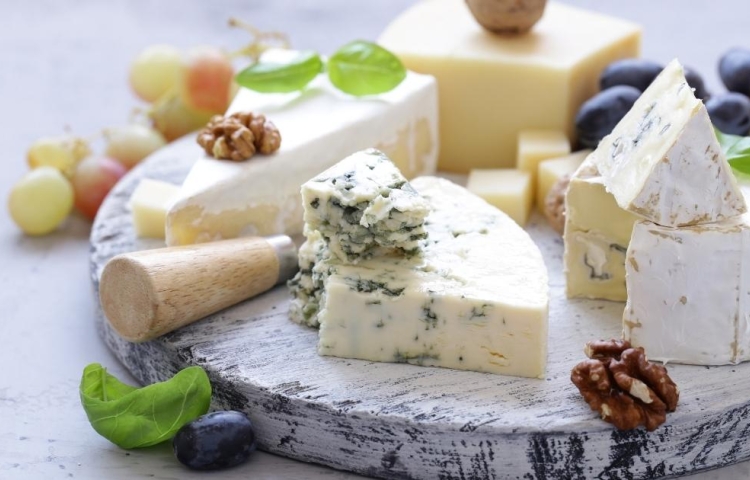

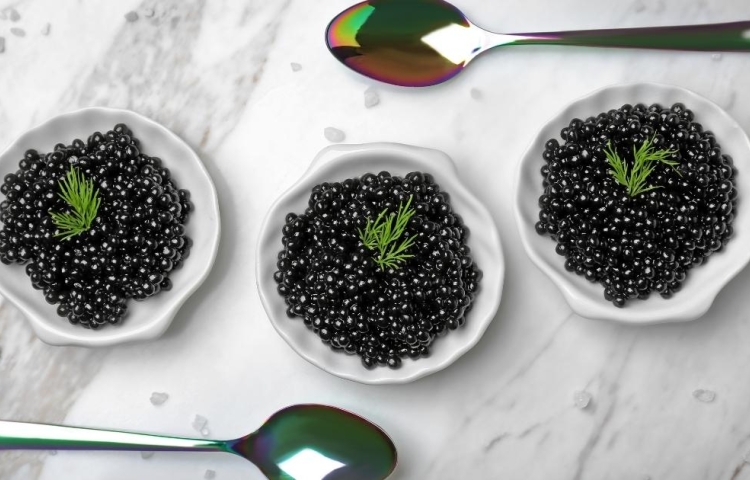
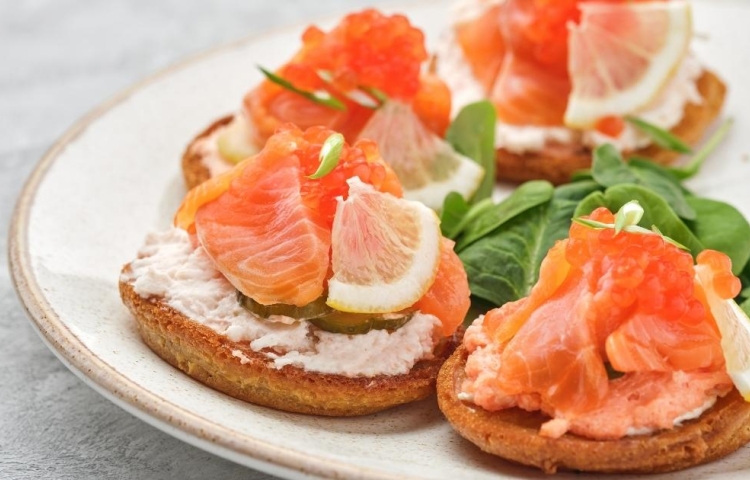
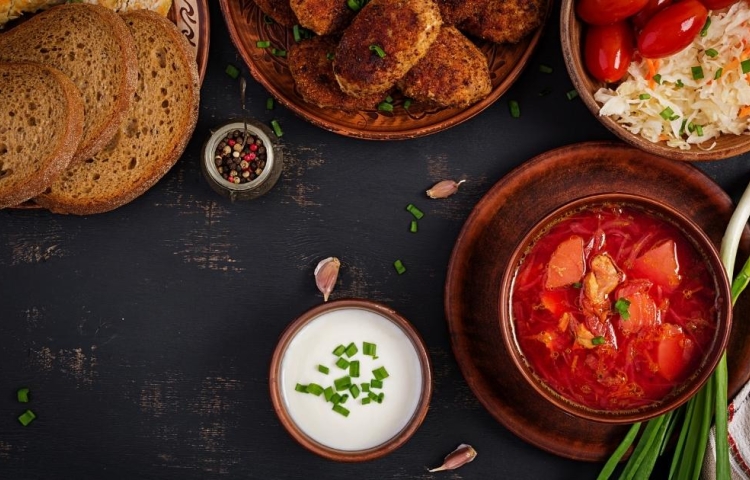
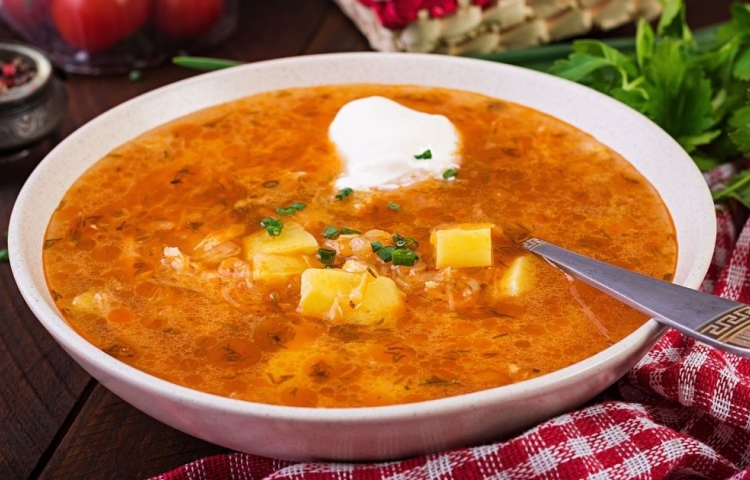

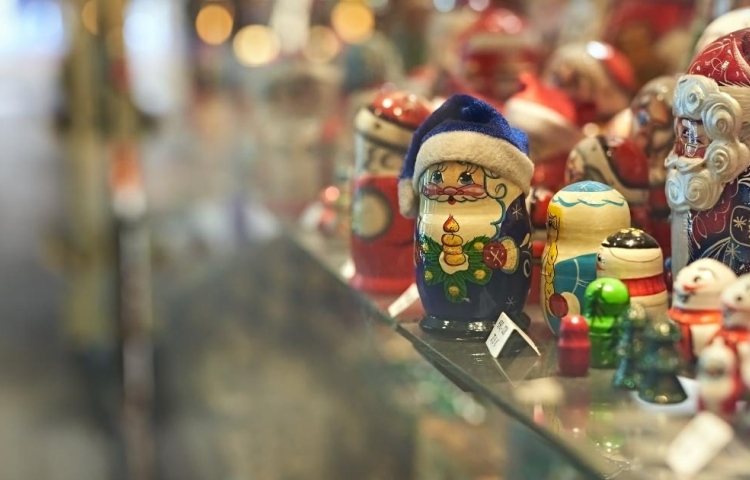
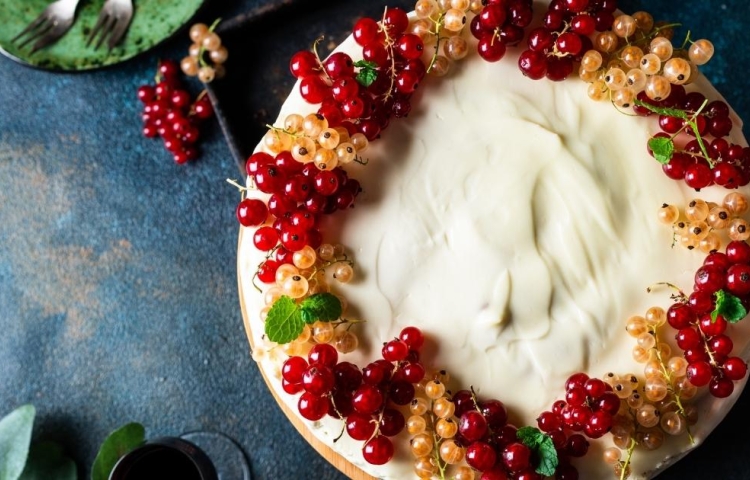
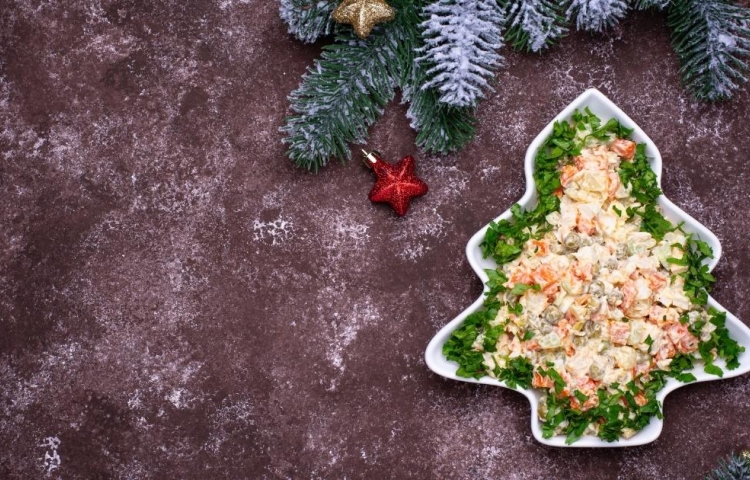
Post your comment
You cannot post comments until you have logged in.
Login to post a commentComments
No one has commented on this page yet.
RSS feed for comments on this page | RSS feed for all comments